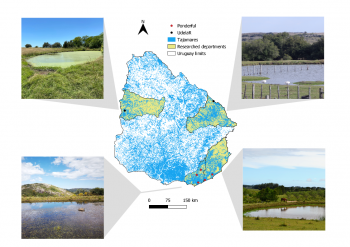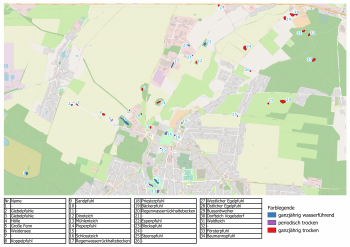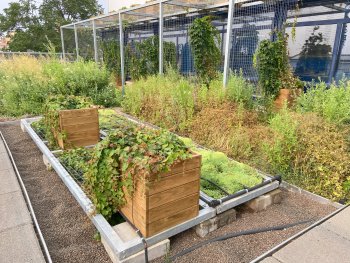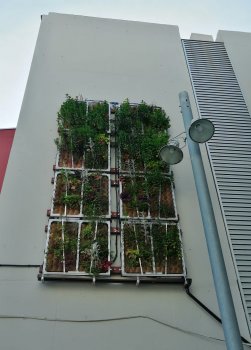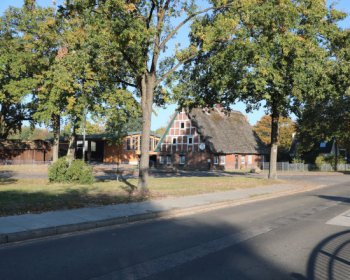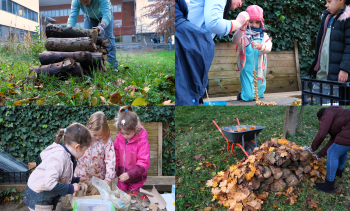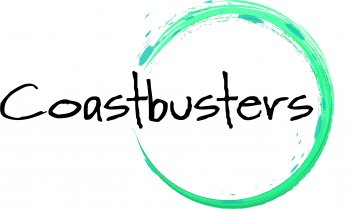H2020 PONDERFUL: The Uruguay Pondscape
In Uruguay, rural artificial ponds (tajamares) are primarily constructed to support cattle production and secondarily for the irrigation of crops or other purposes, mostly since the early 2000s. Studies on their environmental impact are extremely scarce and incipient.

